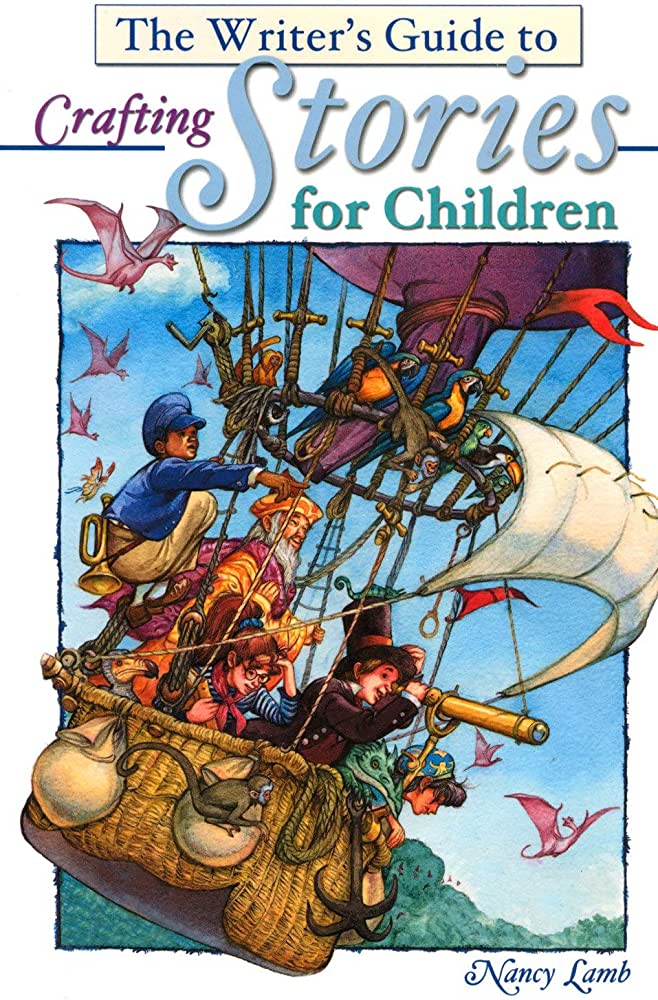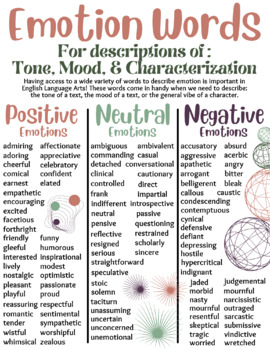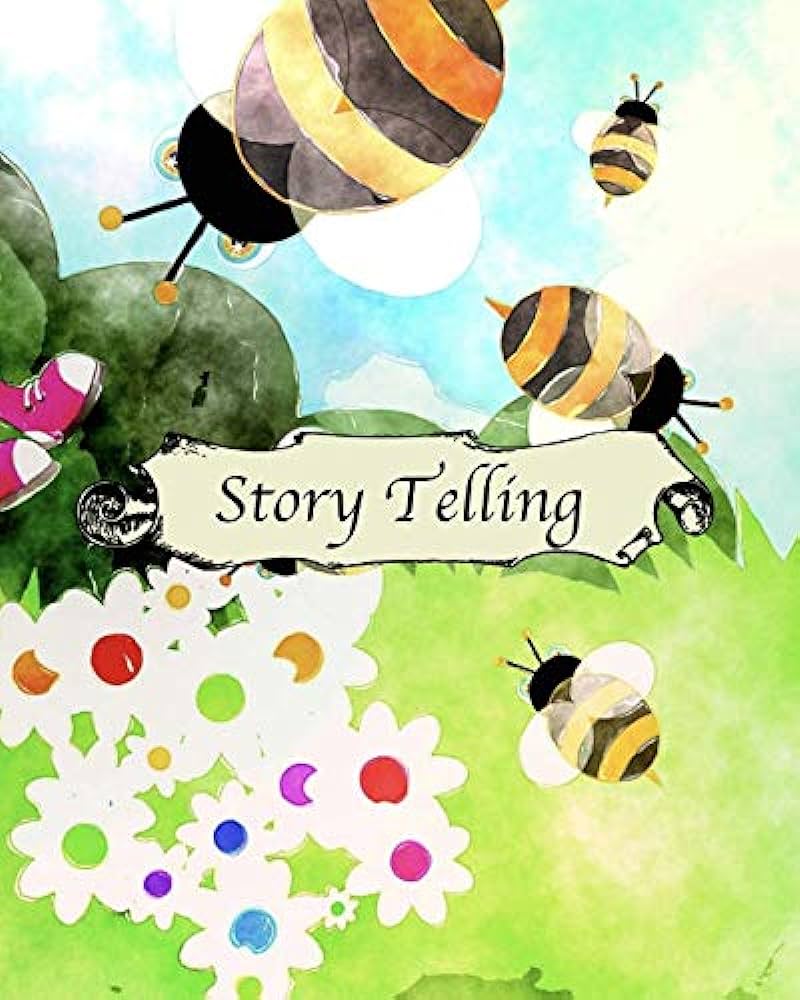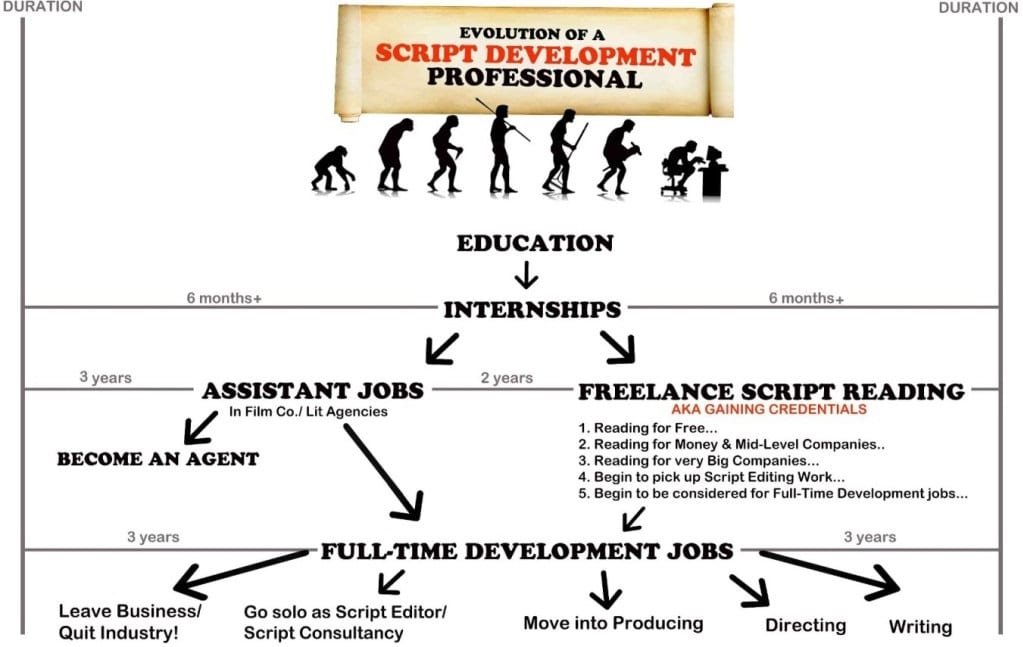Writing for Kids: Crafting Engaging Stories for Young Readers
Writing for kids is a challenging task, but also an incredibly rewarding one. As a children’s author, you have the opportunity to illuminate young minds, instill important values, and bring joy to your readers. Crafting engaging stories for young readers, however, requires a specific skill set and approach. In this blog post, we will explore some tips and strategies for writing compelling stories for kids.
1. Know your audience: Children are not miniature adults, and their emotional, intellectual, and social needs vary greatly depending on their age. Therefore, it is crucial to know your target audience and tailor your writing accordingly. Writing for a six-year-old requires a different perspective than writing for a twelve-year-old. Research the developmental stages of children to determine what kind of content, language, and themes are suitable for your specific audience.
2. Use a relatable protagonist: Kids connect with characters that they can relate to, characters who face familiar challenges and triumph over adversity. Your protagonist should be authentic, unique, and likable. The more relatable your protagonist is, the more invested your readers will be in their journey.
3. Start with a gripping opening: Kids have short attention spans, and you need to hook them from the first sentence. Your opening should be enticing, relevant, and intriguing. Consider starting in the middle of the action or using a cliffhanger to keep your readers engaged.
4. Choose a central theme: A central theme is the backbone of your story. It provides focus, coherence, and meaning to your narrative. Choose a theme that is relevant to your target audience, such as friendship, bravery, or self-acceptance. Your central theme should be woven into the plot, characters, and dialogue.
5. Use age-appropriate language: Kids have limited vocabularies and may not understand complex or abstract concepts. Use simple, clear, and concrete language that is easy to comprehend for your target age group. Avoid technical jargon or euphemisms that may confuse or mislead your readers.
6. Add humor and suspense: Humor and suspense are excellent ways to engage young readers and keep them entertained. Use humorous dialogue or situations to lighten the mood, and create suspense by adding unexpected twists and turns to your plot.
7. Edit ruthlessly: Kids are discerning readers, and they can sense when a story is not well-crafted. Edit your story multiple times to ensure that it is coherent, concise, and error-free. Eliminate unnecessary or confusing plot points, and simplify your language and sentence structure. Ensure that your story has a satisfying conclusion that ties up loose ends.
In conclusion, writing for kids is a skill that requires dedication, creativity, and empathy. By using these tips and strategies, you can craft engaging stories for young readers that resonate with their experiences, emotions, and imagination. Remember, the key to writing for kids is to have fun, and let your inner child guide you!











